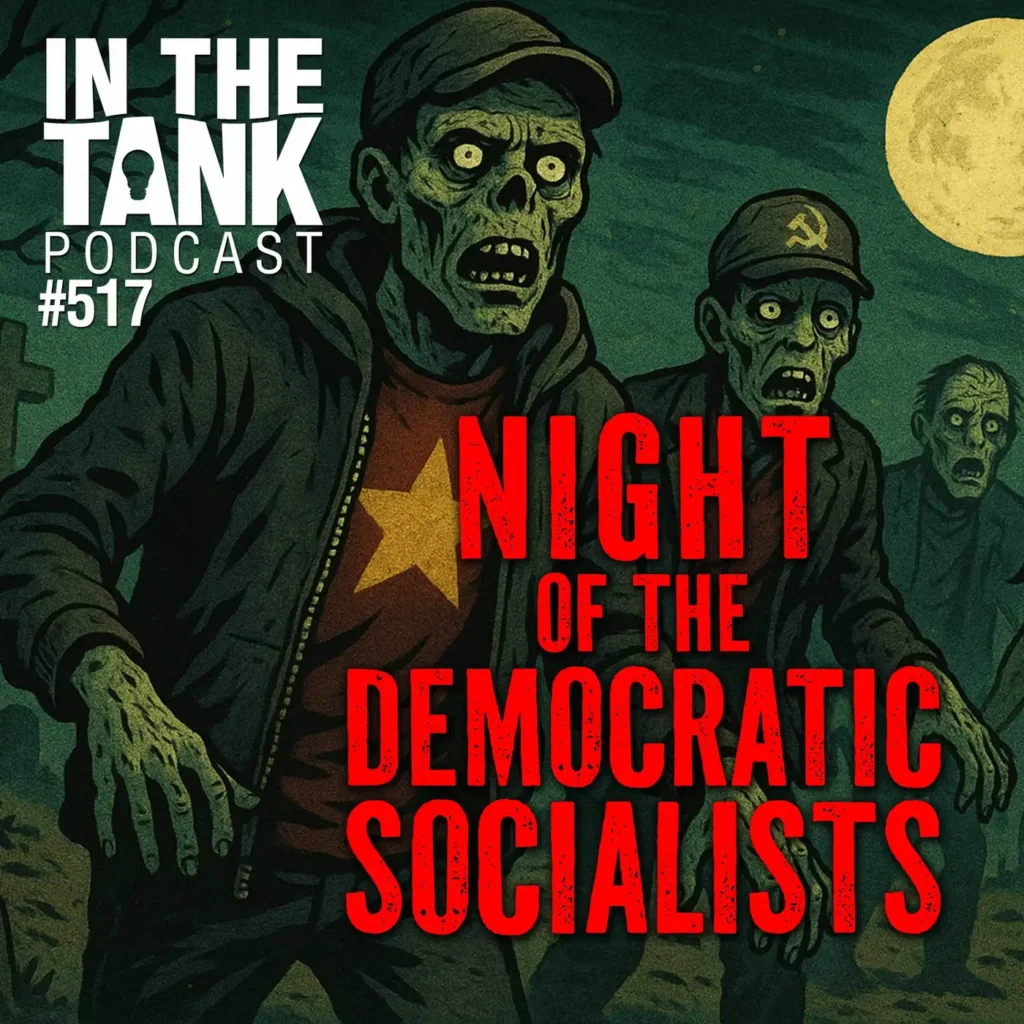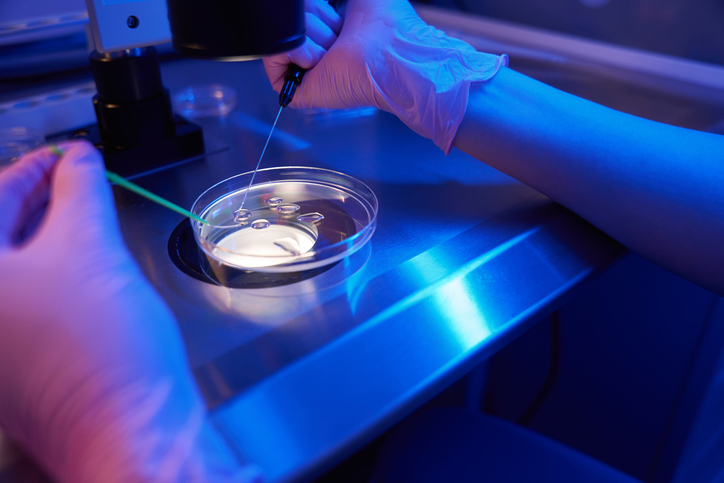Review of The Age of Radiance: The Epic Rise and Dramatic Fall of the Atomic Era, by Craig Nelson (Scribner 2014), 448 pages, ISBN- 978-1451660432
The Age of Radiance: The Epic Rise and Dramatic Fall of the Atomic Era, a new book by Craig Nelson, likely contains every useful piece of information about the development of nuclear power. It chronicles the discovery of the atom, radiation, fission, fusion, atomic and hydrogen bomb blasts, and accidents big and small. It tells the story of probably every single person who played a role in the immense advancement of atomic knowledge since the atom’s discovery in 1895. It is a fantastic book, though it is not an easy read because Nelson has trouble recounting history and its principal actors without confusing the reader about who is speaking or writing at any given time.
Most of the first half of the book’s 382 narrative pages consists of quotes, and Nelson can’t resist quoting minutiae. This is the equivalent of an enjoyable movie that is poorly edited. The book at times comes across as Nelson publishing his personal notes instead of spending the time to write a coherent book. However, for nuclear aficionados like me, the book is a treasure trove of information worthy of mining. For those who won’t have time to read the book, I will walk you through its most valuable and relevant segments.
Nuclear Fear-Mongering
Nelson grudgingly concludes fears of nuclear radiation are overblown. Nuclear fear-mongering has terribly distorted the public’s perceptions on the relative safety of nuclear power. Moreover, harnessing the benefits of low-level radiation, nuclear medicine, and atomic power have benefited human health and welfare. Nevertheless, movies such as Jane Fonda’s The China Syndrome and false assertions regarding the aftermath of the Chernobyl meltdown have shaped public perceptions on nuclear power more than scientific and historical facts.
Unfortunately, Nelson does not present these conclusions until the final pages of the book, long after many readers will have set it aside.
The development of knowledge about nuclear radiation was anything but a straight line. There were many errors and wrong turns, and it is amazing that Nelson is able explain them all. He used more than 700 references, citing letters, diaries, journals, and news clippings.
Compelling Human Stories
Although Nelson’s book covers history and science throughout, it is often biographical and sometimes a love story. This is certainly the case with his depiction of Marie Curie, whose story occupies most of the book’s first 50 pages. Enrico Fermi’s story dominates the next 50. Concurrently, Nelson tells the stories of many dozens of scientists who advanced atomic knowledge during the first half of the twentieth century. The stories are very interesting and worth reading, though it would have been helpful to have chronological diagrams of the people and their contributions. Without such assistance, their stories swirl around much like the characters in Tolstoy’s War and Peace.
The brute force of Curie’s early contributions on radiation comes through in this sentence by Nelson: “After 4 years, forty tons of chemicals, and four hundred tons of water, on March 28, 1902, they produced one-tenth of a gram of radium chloride.” It was just the beginning of decades of effort which ultimately led to the recognition that in time uranium 238 would pass through 13 transmutations before arriving at a stable isotope of lead.
Pierre and Marie Curie received the Nobel Prize for their work in 1903, in just the third year of the prize’s existence. Radiation became a medical miracle for two decades, before its uncontrolled use caused life-threatening cancers, which resulted in a 40-year halt in medical applications until the benefits and potential harms of radiation were better understood. Nuclear radiation ultimately killed Marie Curie in 1934. Pierre, who was always in ill health, died in a carriage accident in 1906, a story told by Nelson in amazing detail. Nelson also presented comprehensive details of Marie’s love affairs and scandals in succeeding years.
Escaping Nazi Oppression
Nelson intertwines Fermi’s story with those of dozens of other scientists, such as Szilard, Segre, Bohr, Rossi, Heisenberg, Pauli, Born, and Cararra, among others. The collective work of these scientists served as a foundation for Einstein’s theories. Many were Jews who escaped from Hitler’s Nazi Germany during the late 1930s. After making it to the United States, many of these scientists played a major role in the development of the atomic bomb, first at the University of Chicago and then in Los Alamos, New Mexico. Nelson tells the full story in almost excruciating detail, but not nearly as well as Richard Feynman told it in his 1985 book, Surely You Are Joking, Mr. Feynman!
Here is an excellent example of how Nelson tells the story of Nazi oppression of Jewish scientists:
“On May 16, the greatest scientist still living in Germany, Max Planck, tried to reason with Hitler. ‘I have nothing against Jews. But the Jews are all Communists, and these are my enemies. My life is against them,’ Hitler insisted. Planck then said that expelling Jews wholesale would damage German science. Hitler became enraged: “Our national policies will not be revoked or modified, even for scientists…. If the dismissal of Jewish scientists means the annihilation of contemporary German science, then we shall do without science for a few years.”
It is surprisingly not possible to glean the year of this quote, as Nelson provides no references for this quote. This is typical throughout the book, but still very educational if we are to trust Nelson’s research, and I think we can.
Science with Joy
Much of Nelson’s book is pure and complex science. Here is an example:
“If the nucleus was split, the resulting electric charge would repel the two pieces away from each other in a burst of energy, about 200 million electron volts (an electron volt is the energy of a single electron after being charged with a single volt). Meitner remembered what was called the packing fraction formula and thought that the two split nuclei should be lighter than the original by one-fifth the mass of a proton. When taking into account Einstein’s E=mc squared, her calculations produced … 200 million electron volts.”
Nelson describes the discovery of how to harness nuclear power, using all the participants and their thoughts and whereabouts with the excitement of a school kid on a playground:
“Eventually Fermi and Szilard arrived at a satisfactory professional modus operandi. First they would brainstorm theory together, then Fermi would design and execute experiments with students, share the results with Szilard and the two would debate the next steps. While Fermi was in the lab Szilard conceptualized and got the needed graphite and uranium from suppliers. The Italian and the Hungarian essentially worked separately, together, and communicated through a conduit by the name of Edward Teller.”
Nelson sprinkles the book with descriptions of and quotes about Einstein’s role as convincing as if he had been with him. Nelson includes the full text of Einstein’s August 2, 1939 letter to Franklin Delano Roosevelt warning of the potential development and power of a nuclear bomb. He also includes Roosevelt’s grateful response to Einstein. Perhaps the most unique description in the book, however, is the minute-by-minute tale of the nation’s first chain reaction achieved in the basement of a building at the University of Chicago on December 2, 1942.
Nelson follows this with descriptions of the atomic test site explosions and then final preparations for the actual use of the bomb. He describes the split between the many scientists who implored Truman not to drop the bomb on Japan and those who urged saving hundreds of thousands of American lives that might be lost if the United States had to invade Japan to win the war.
World War II Aftermath
Nelson follows this with spy stories and highlights of postwar congressional espionage hearings. He includes explicit descriptions of the famous Klaus Fuchs espionage hearings, and relates how Robert Oppenheimer, the administrative head of the atom bomb development, was suspected of communist leanings.
Nelson obtained 25 black-and-white photographs, dating back more than 80 years, with pictures of the scientists, their research, the bomb, and its explosions. They are classic, and are followed with descriptions of the diverse individuals who were divided by the impact of our use of the atomic bomb in Japan.
After their work was completed at Los Alamos, a group of the key atomic bomb scientists including Fermi, Oppenheimer, Bohr, Lawrence, Groves, Chadwick, and Compton had dinner together to discuss the future. For 30 pages Nelson recounts the personal lives of these scientists as they prepared for the post-World War II era. He then gets back to science, focusing on Edward Teller’s pursuit of the hydrogen bomb.
He describes in detail what happened after the successful first test:
“It was popularly known as the Hydrogen bomb … but hydrogen was the least of it. On November 1, 1952 at 7:15 AM, ninety-two detonators triggered the outer explosive shell, which created a shock wave compressing the uranium layer onto its plutonium ball, collapsing the centerpiece, which had beryllium and polonium to infest the supercritical mass of surrounding uranium and plutonium creating a fission fire hotter than the sun. This in turn began to heat and compress a tank of liquid deuterium (which until then had been kept motil at -417 degrees F) into a gas of tritium, which additionally activated a fission spark plug, the plug’s rays irradiating the compressed deuterium, mingling with the radiation coming from the outside shells, pushing the atoms of heavy water over the electrostatic barrier and triggering thermo nuclear fusion—the power of star light; the energy of our sun—with a neutron density 10 million times that of a supernova.” This was eight times as powerful as the bomb dropped on Hiroshima.
But as brilliant as Teller was, Nelson vilifies him through the remainder of the book because Teller gave an honest description of Oppenheimer at the McCarthy Senate hearings. I knew Edward Teller in his last years, and I can confirm that Nelson’s view of Teller is extremely biased by his liberal viewpoint.
Chapter 11, “The Origin of Modern Swimwear,” recounts the atomic bomb test on March 1, 1954 at Bikini Atoll in the Marshall Islands. Nelson describes the many tests there and elsewhere, and correctly notes that 50 years after the tests, scientists discovered nature had reclaimed the area undersea without a trace of the radiation to which it had been exposed.
As Nelson discusses the politics of the Cold War, he can be extremely insightful. The following quote from Soviet Premier Nikita Krushchev’s son Sergei illustrates Nelson’s understanding of the importance of Cold War developments:
“For thousands of years peoples have resolved their conflicts by armed clashes. There was good reason for Karl von Clausewitz to write that war is a continuation of politics by other means. With the invention of nuclear weapons, politicians suddenly realized that war would no longer lead to victory, that both sides would lose. But they didn’t know how to behave differently. So they behaved the same way, but without going to war. War without war was called ‘cold war.’ Thus the Cold War was a kind of transitional period from a disconnected world that used weapons as its main instrument for resolving world conflict to some kind of different state of being to a new world order if you like.”
Modern Nuclear History
In the final chapters, Nelson describes the advent of the nuclear Navy under the guidance of Admiral Rickover. He also describes the design and adoption of nuclear power plants that sprung up across the United States during the mid-twentieth century. He then conveys the story of the incident at Three Mile Island and the catastrophe at Chernobyl, which he describes with superior precision. He also describes many other nuclear incidents and notes how safety precautions prevented them from becoming realistic threats.
The final pages of the book include an accurate description of the problems at Fukushima following the March 2011 earthquake and tsunami. He focuses on the mistakes made by TEPCO—the plant’s owners—by which they failed to limit damage and pollution. Nelson, however, never points out that nobody in all of Japan came down with radiation poisoning or lost their lives as a result of the incident. The human disaster at Fukushima was caused exclusively by the earthquake and resulting tsunami. However, he concludes his description of Fukushima with the following accurate description:
“When we hear that a nuclear plant has collapsed in catastrophic meltdown, we can’t help but imagine a CHINA SYNDROME, with a whole population infested with tumors, a vast territory rendered into nuclear desert, and offspring afflicted with never before seen birth defects. Beyond the heroic martyrdoms of power plant and emergency response workers, though, what actually happens after a nuclear plant disaster is so minor compared to our mythic fantasies that it is almost impossible to understand.”
Despite nearly 40 years of anti-nuclear rhetoric, nuclear power can safely fuel the world now or a thousand years from now when we may finally run out of fossil fuels. Humanity owes its thanks for this bright future to the many brilliant scientists discussed in Nelson’s book.
Jay Lehr, Ph.D. ([email protected]) is science director of The Heartland Institute.



